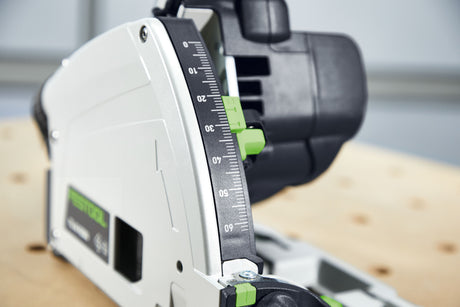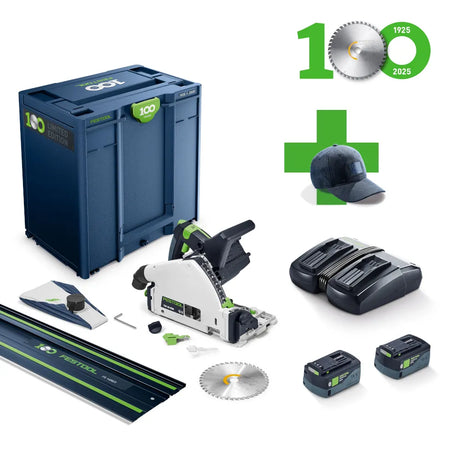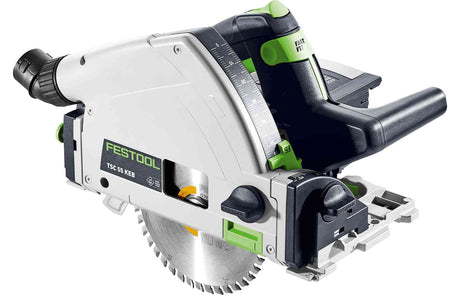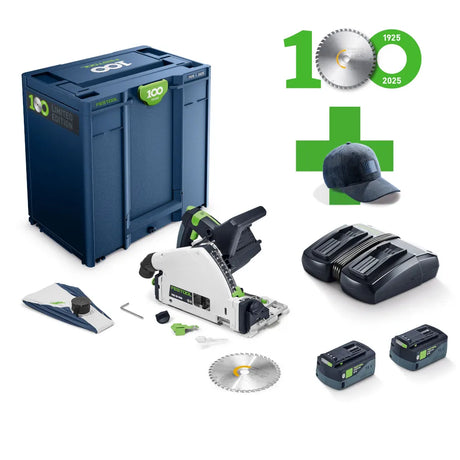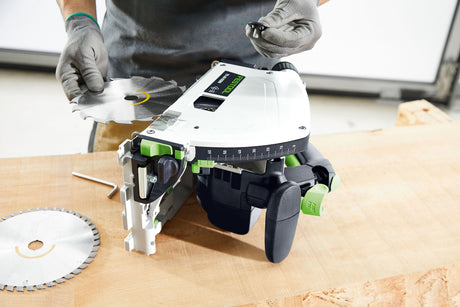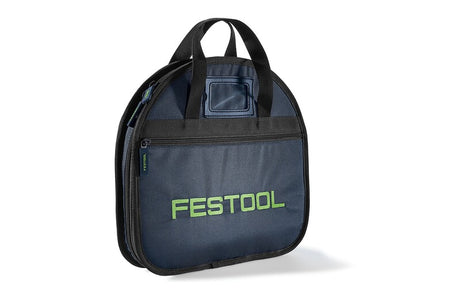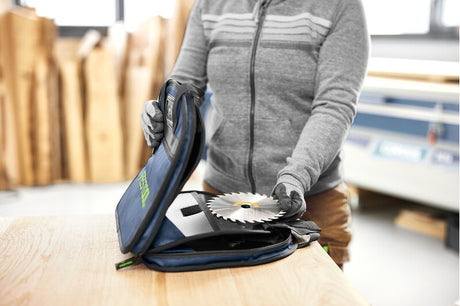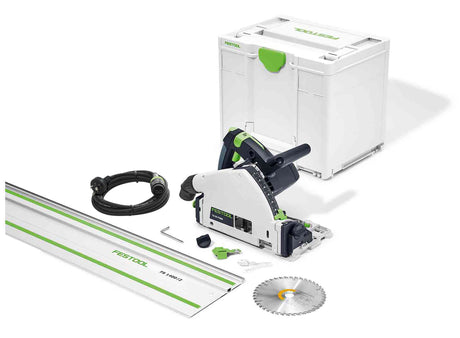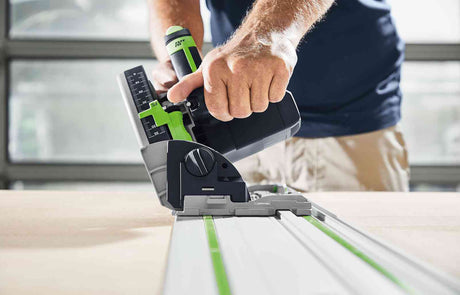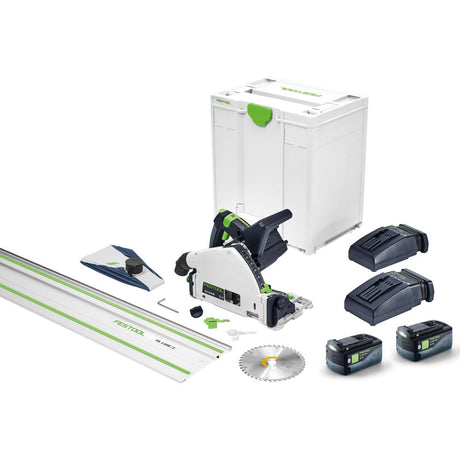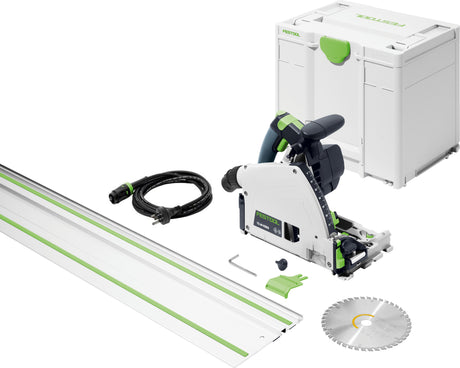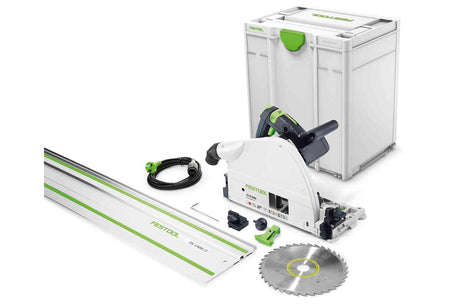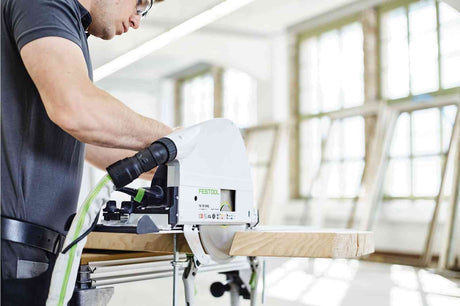Festool
Festool TS 60K 168mm Plunge Cut Saw with 100 Year Limited Edition Systainer & 1400mm Rail Plus Cap
$1,525.00Unit price /UnavailableIn stockFestool
$1,725.00Unit price /UnavailableIn stockFestool
Festool TSC 55K 18V Cordless Plunge Saw 160mm 5.0 Ah XL Set in 100yr Promo Systainer Plus Cap
$1,575.00Unit price /UnavailableVery low stock (1 unit)Festool
Festool TS 60K 168mm Plunge Cut Saw in 100yr Promo Systainer Plus Cap
$1,375.00Unit price /UnavailableIn stockFestool
Festool Saw Blade Bag suits Circular Saw Blades Up To 260mm
$99.00Unit price /UnavailableIn stockFestool
Festool TS 55F 160mm Plunge Cut Saw in Systainer with 1400mm Rail
$1,325.00Unit price /UnavailableIn stockFestool
Festool TSC 55K 18V 160mm Cordless Plunge Saw 5.0 Ah XL Set in Systainer with 1400mm Rail
$1,725.00Unit price /UnavailableVery low stock (2 units)Festool
Festool TS 60K 168mm Plunge Cut Saw in Systainer with 1400mm Rail
$1,525.00Unit price /UnavailableIn stockFestool
Festool TS 75 210mm Plunge Cut Circular Saw in Systainer with 1400mm Rail
$1,999.00Unit price /UnavailableIn stock
Circular Saws: Precision and Power for Every Cut
Circular saws are indispensable in both workshop and jobsite environments, offering fast, straight cuts through timber, sheet goods, and even engineered materials. Their versatility makes them ideal for everything from rough framing to precise joinery preparation. With advancements in blade technology and motor efficiency, modern circular saws are more accurate, safer, and easier to control than ever before.
There are two main types of circular saws: sidewinder (direct drive) and worm drive. Sidewinders are more compact and lightweight, making them perfect for overhead or extended use. Worm drive saws provide greater torque, which is especially useful when cutting dense hardwoods or wet timber. Blade size, typically ranging from 165mm to 185mm for woodworking, determines the depth of cut and should be chosen based on your specific project requirements.
When using a circular saw for woodworking, it’s important to consider blade choice and cutting technique. Fine-tooth blades offer cleaner cuts on plywood and melamine, while aggressive rip blades are best for fast cuts through solid timber. A quality guide rail or straightedge significantly enhances accuracy and minimises tear-out, especially for sheet cutting. Safety features like electric brakes, riving knives, and dust ports are also worth prioritising.
Maintaining your circular saw ensures it remains a reliable tool for years to come. Regularly clean sawdust from vents and blade guards, keep the blade sharp, and check the base plate for warping. For optimal results, match the blade type to your material and feed the saw at a steady pace without forcing the cut. With the right setup and technique, circular saws can deliver smooth, precise results on a wide range of woodworking tasks.
FAQs
What is a circular saw used for in woodworking?
Circular saws are primarily used for making straight cuts in timber, sheet goods, and composite materials. They're ideal for rough sizing, trimming, and even more precise tasks when used with guides or jigs.
What's the difference between sidewinder and worm drive saws?
Sidewinder saws are lighter and faster due to their direct-drive motors, while worm drive saws offer more torque and are preferred for heavy-duty cutting. Each type suits different user preferences and tasks.
Can circular saws be used for precision cuts?
Yes, with the right blade and a guide rail or straightedge, circular saws can deliver highly accurate cuts suitable for cabinetry, furniture making, and detailed panel work.
What blade size should I choose?
Common sizes range from 165mm to 185mm. A larger blade allows for deeper cuts, which is useful for thick materials, while smaller blades provide greater control and are easier to manage for precision work.
How do I reduce tear-out when using a circular saw?
Use a fine-tooth blade, secure your workpiece properly, and cut with the good side facing down. Adding painter's tape along the cut line or using a guide rail can also help minimise tear-out.
Are cordless circular saws powerful enough for hardwood?
Yes, modern cordless circular saws with brushless motors and high-voltage battery platforms (18V and above) are capable of cutting hardwoods efficiently, provided they use a suitable blade and have sufficient torque.
Is a circular saw safe for beginners?
Yes, as long as it's used with proper safety precautions. Beginners should start with a saw that includes safety features like electric brakes, blade guards, and ergonomic grips, and should always wear appropriate PPE.
What maintenance does a circular saw require?
Keep the blade clean and sharp, remove sawdust from vents and moving parts, check for loose screws or damage, and inspect the power cord or battery regularly. Clean and lubricate the base plate pivot if applicable.
Can I use a circular saw with a guide rail?
Absolutely. Many circular saws are compatible with universal or brand-specific guide rails, which help ensure straight, splinter-free cuts—especially useful for cutting sheet goods like MDF and plywood.



